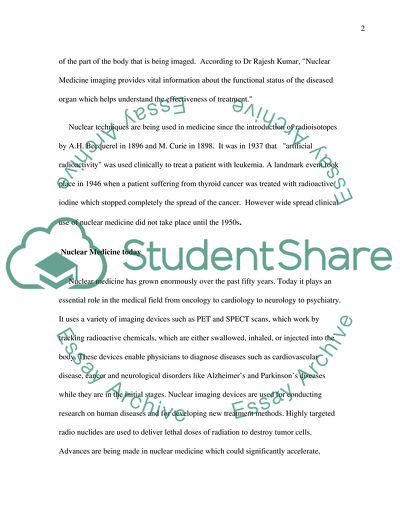Cite this document
(“Not Found (#404) - StudentShare”, n.d.)
Not Found (#404) - StudentShare. Retrieved from https://studentshare.org/medical-science/1737255-the-future-of-nuclear-medicine
Not Found (#404) - StudentShare. Retrieved from https://studentshare.org/medical-science/1737255-the-future-of-nuclear-medicine
(Not Found (#404) - StudentShare)
Not Found (#404) - StudentShare. https://studentshare.org/medical-science/1737255-the-future-of-nuclear-medicine.
Not Found (#404) - StudentShare. https://studentshare.org/medical-science/1737255-the-future-of-nuclear-medicine.
“Not Found (#404) - StudentShare”, n.d. https://studentshare.org/medical-science/1737255-the-future-of-nuclear-medicine.


